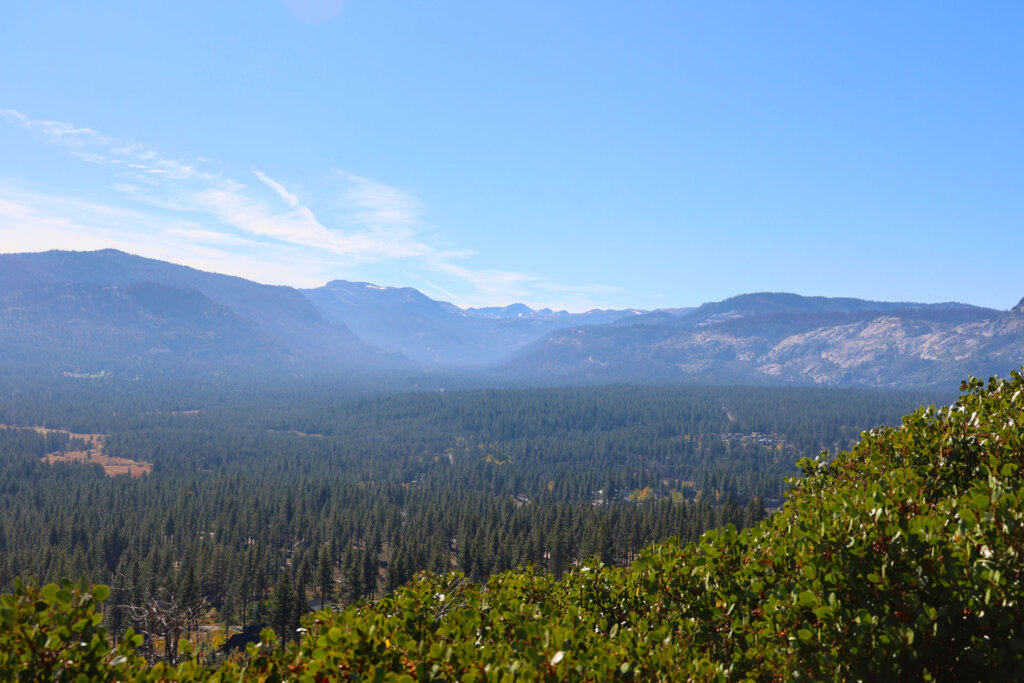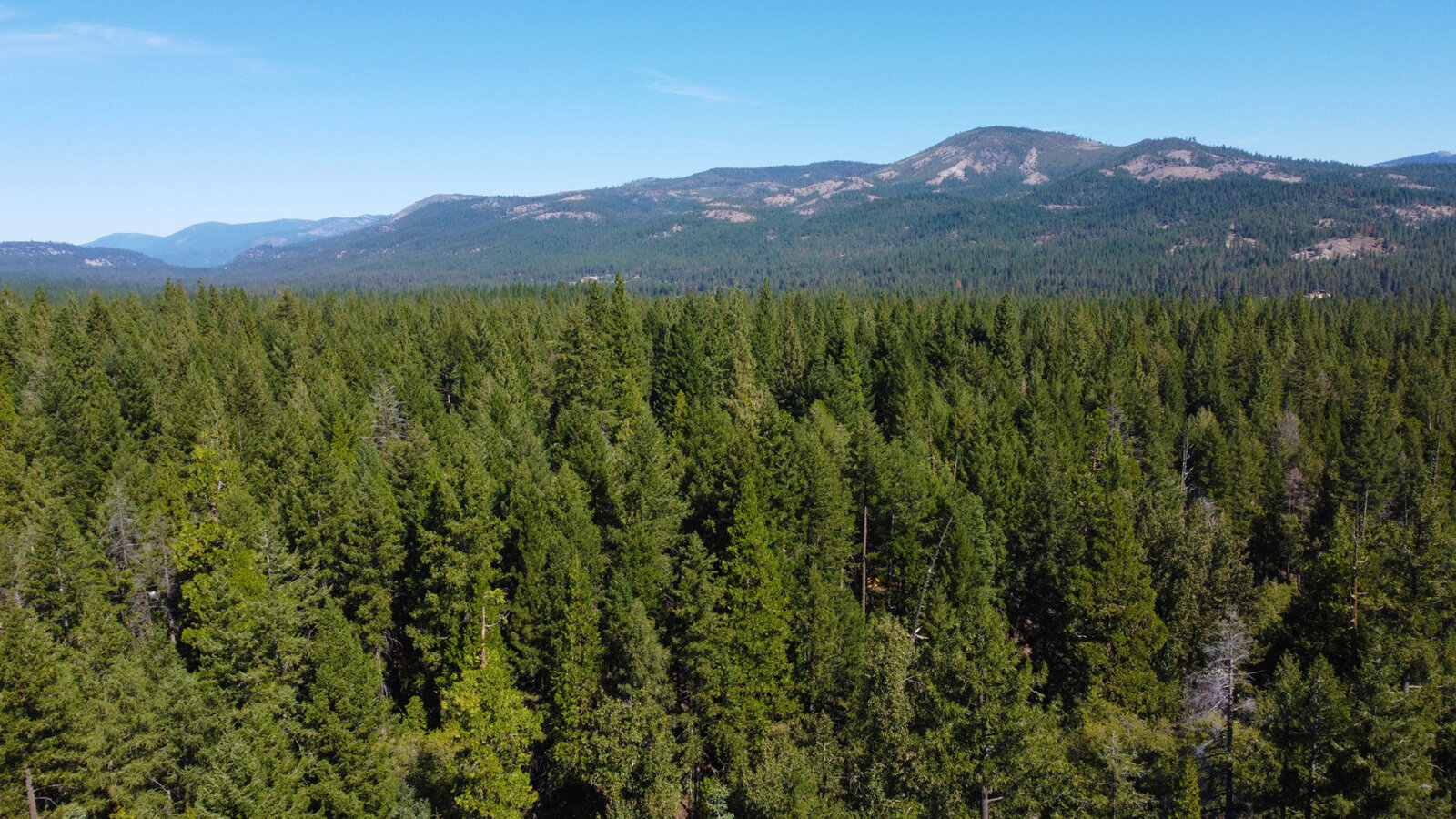Improving Forest Health
Proactive measures to make California’s forests healthier.

From California’s northern border to San Bernardino, 1/3 of California is forestland, spanning about 33 million acres and home to over 4 billion trees!
We need healthy forests in California
Forests in California are more than just a beautiful backdrop. They contribute to the quality of the air we breathe, the water we drink, and the landscapes we cherish. Healthy forests are also less likely to succumb to devastating, catastrophic wildfires, which often have far-reaching impacts on our communities.
Our forests provide:
- Clean air & water: Forests act as nature’s air purifiers, filtering the air and providing fresh oxygen. They also play a vital role in maintaining the quality of our water sources.
- Carbon storage: Forests absorb carbon, helping to combat climate change by storing significant amounts of carbon dioxide.
- Habitat for wildlife: Our diverse forests are the natural habitat of a wide range of wildlife species, promoting biodiversity.
- Recreational opportunities: Whether it’s hiking, camping, or simply enjoying the tranquility of the forest, our woodlands offer countless recreational opportunities.
- Economic opportunities: Rural communities depend on the forests for economic activities like logging and tourism.
- Protection from wildfires: Healthy forests act as a natural barrier against catastrophic wildfires, reducing the risks to our communities.
The challenges our forests face
Despite their many benefits, California’s forests are facing significant challenges that threaten their health and resilience. These challenges include:
- Lack of fire: Over a century of fire suppression and exclusion has led to dense, overcrowded forests. Without regular natural fires, the forest ecosystem becomes imbalanced.
- Climate change: Warmer temperatures and reduced snowpack are affecting forest structure and health, making them more susceptible to pests and wildfires.
- Drought: Prolonged periods of drought leave trees stressed and vulnerable to pests and fire.
- Pests: Native and invasive insects and diseases have caused extensive tree mortality, particularly in the wake of drought years.
These factors have combined to produce wildfires that burn hotter and faster, causing widespread damage to our forests and communities.
Get your campfire permit today.
Apply NowOur commitment to action
We understand that active forest management is necessary to protect our forests, communities, and the environment. Through the Wildfire and Forest Resilience Task Force, CAL FIRE collaborates with governmental and non-governmental partners to improve California’s forest health through active forest management.
Active forest management includes:
- Prescribed fires: These controlled burns help manage vegetation and reduce wildfire risks.
- Selective thinning: Removing some trees to allow others to grow stronger, promoting ecological diversity.
- Reforestation: Planting new trees to help forests recover from catastrophic wildfires.
- Weed & pest control: Managing pests to improve tree health.
These forest management actions are constantly evolving, informed by the latest research and ongoing monitoring, safeguarding the long-term health and resilience of California’s forests.
Are your trees dying? Assessing & removing sick trees
Discover how to assess and remove sick trees to protect your property and the health of our forests. Download our free PDF guide on Tree Mortality—Drought and Bark Beetles.
